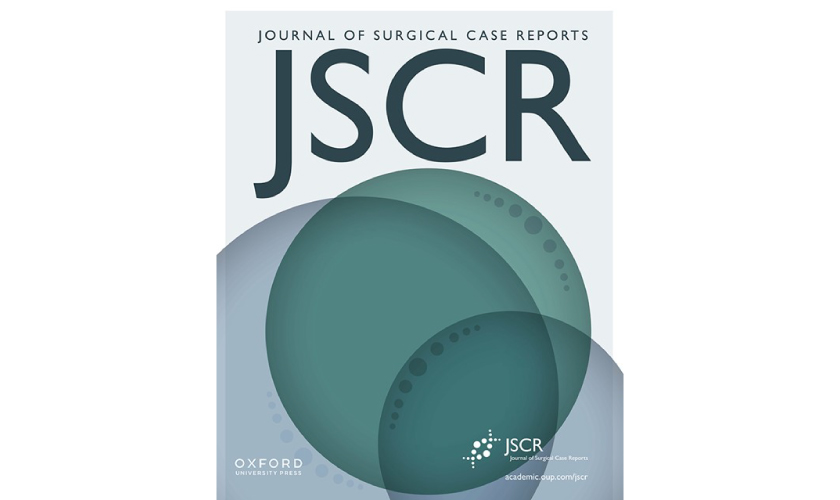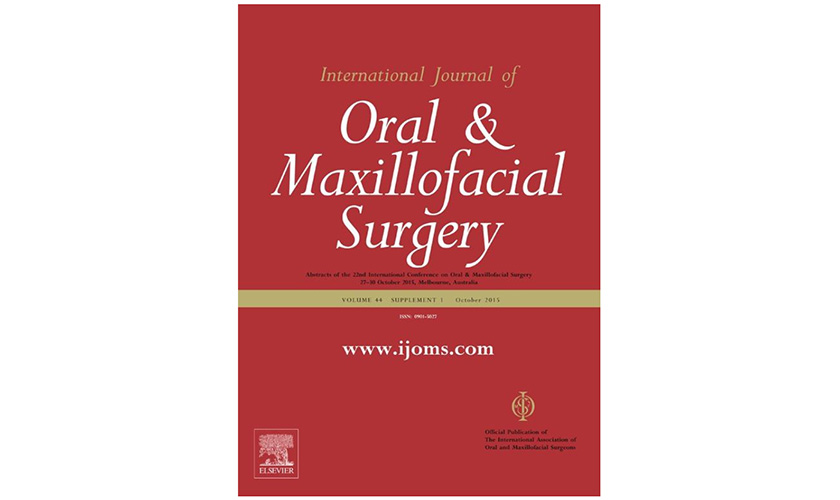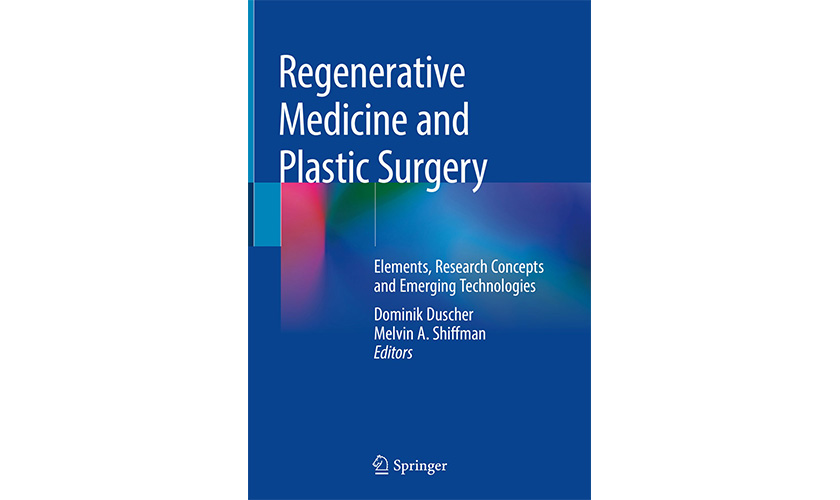Inferior alveolar nerve transposition for implant rehabilitation - 4-year results

Inferior alveolar nerve transposition for implant rehabilitation - 4-year results
Dr. Vo Van Nhan (Vietnam)
A 59-year-old patient presents with a significant bone defect following a gunshot wound 40 years ago. His major complaint is difficulty eating with the conventional prosthesis made following the incident.
Intraoral examination reveals significant mandibular bone loss, with the alveolar crest at the same level as the floor of the oral cavity. Keratinized gingiva is also absent. Radiological analysis shows that the inferior nerve crosses the oblique midline near the alveolar crest and is even exposed at position 41, 31. The residual bone height is 7 to 11 mm. In this situation, it is impossible to perform bone apposition or to consider an "All on 4" type restoration.
Our decision was to transpose the alveolar nerve and combine this operation with a vertical augmentation iliac graft followed by the simultaneous placement of 4 In-Kone® implants. We obtained good primary stability at placement (greater than 35 N.cm). 2 months later, we performed a mucoconnective graft and vestibuloplasty to improve the peri-implant mucosal environment and loosen the connective tissue on the alveolar ridge.
A bar with attachments is made. However, at 4 years, the prosthesis is unstable and poorly responsive due to wear of the attachments. A new bar with Equator attachments (Rhein 83) is designed. Good osseointegration is observed around the implants , with no bone loss observed at 4 years. The patient is satisfied with his prosthesis, which has allowed him to regain chewing function, thus significantly improving his quality of life.
Inferior alveolar nerve transpositioning for dental implant rehabilitation - 4-year results
A 59-year-old male presented jaw bone defect caused by gunshot that iliac block bone graft was done 40 years ago. His chief complaint was unable to eat with the traditional denture he was using over 40 years.
Intraoral examination revealed serious mandi¬bular bone loss so that the alveolar crest was in the same level with the floor of the mouth. No keratinized tissue was observed. Radiograhic diagnosis showed the inferior nerve acrossed the midline and was close to the alveolar crest. It even exposed on the crest in the position 41, 31. The residual bone height was 7 to 11 mm. In such a situation, it’s impossible to perform block bone graft, bone distraction or All on 4.
Our decision was transpositioning inferior al¬veolar nerve in combination with vertical iliac block graft and 4 In-Kone® implants placement simultaneously. Implant obtained good initial stability (> 35N/cm). 2 months later, we carried out free soft tissue graft and vestibuloplasty to improve soft tissue around the implants and loose connective tissue on alveolar crest.
A bar-retained implant overdenture with clip attachment was delivered. However, after 4 years loading, the overdenture was unstable and unretentive as the clip worn out. The new bar-retained overdenture with equator attach¬ment from Rhein’83 system was replaced. Good osseointergation around implants are still maintained with no bone loss after 4 years. The patient is satisfied with the new overdenture that improve significantly his chewing function and aestheic, especially his quality of life.

Liên hệ
CN1: 803-809 Đường 3/2, Phường Diên Hồng (Phường 6, Quận 10 cũ), Tp.HCM
CN2: 35-37 Nguyễn Thị Thập, Phường Tân Hưng (Quận 7 cũ), Tp.HCM
Hotline
1900 56 5678Website
www.drnhan.vn












